NEHA NANDINI JAISWAL FALL
SEMESTER 2022 ARC 107 Portfolio

Disection Animation



Primitive Figures Interpreted Forms Reinterpreted Forms



Disection Animation



Primitive Figures Interpreted Forms Reinterpreted Forms

For this exercise I had to choose a 3-dimensional inanimate object whose animation is a natural component of the formal or operational logic, and I chose a boot. Using a series of measured orthographic projection drawings, I had to describe the boot in terms of plan, section, and elevation. For the section, I made use of varied hatches to bring out the materiality of the boot.
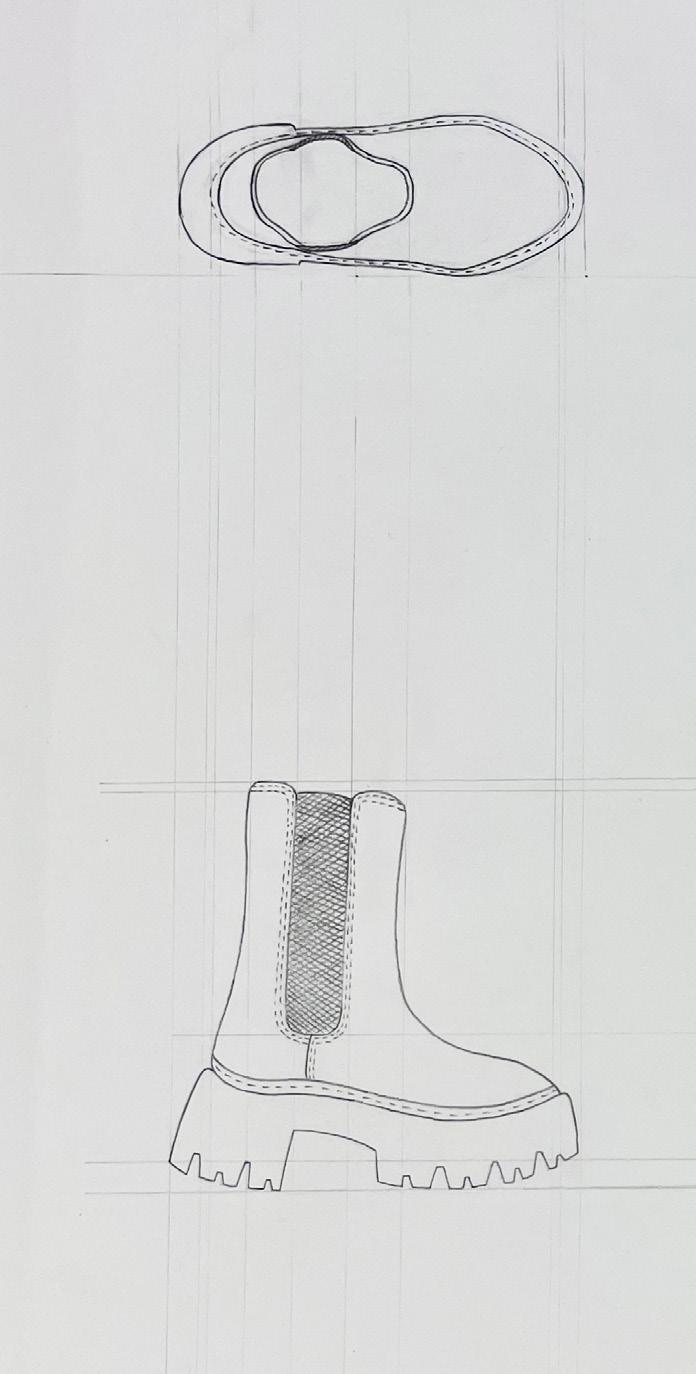

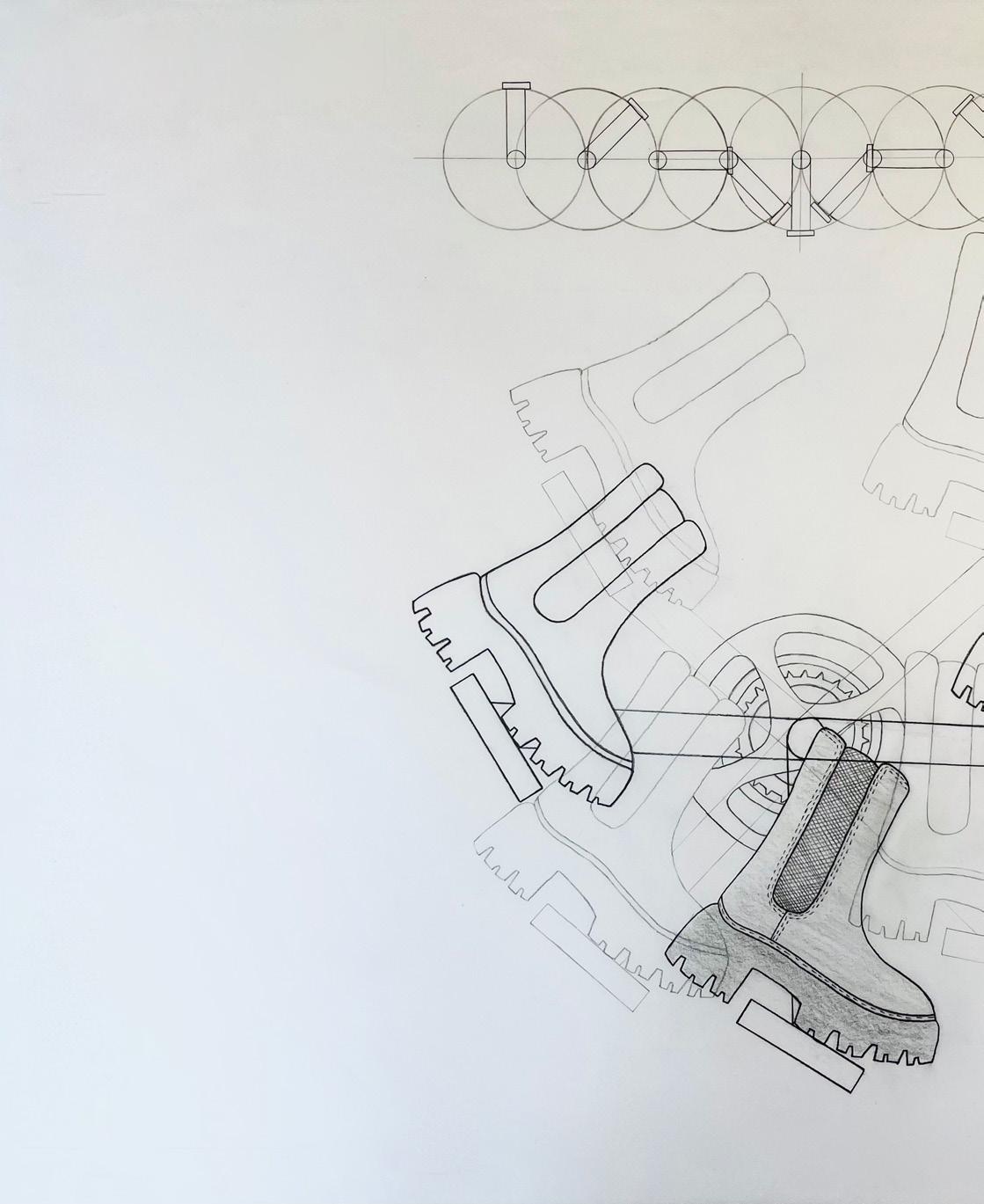
Movement and animation can be described in various ways through different media (e.g. drawing, photography,. In order to make explicit patterns and information embedded in designed objects that one may not see or consider, I had to visualize and map envelopes and trajectories of motion that are typically invisible. For this exercise, I chose to draw the boot from the perspective of a person wearing it while cycling. Through the use of lineweights, I was able to highlight the main turning points of the pedal making a full circle. The frame at the bottom is also shaded. This is because at that point, the direction of the boot changes from going down to moving up. The small diagram on the top also shows what one full circle would look like for the pedal while the cycle moves forwards, and shows it at different angles to the center.

The aim of this exercise was to draw a series of line segments on the unrolled surface so that once the cube is folded into 3D, that curve forms a contiguous, closed loop. Using the continuous edge curve as a driver, I also had to design and model additional planes in 3D space to create voided spaces within the cube.
FINAL SEQUENCE: Moves as an elevation from one face of the cube to another, with interior surfaces on edge with the exterior
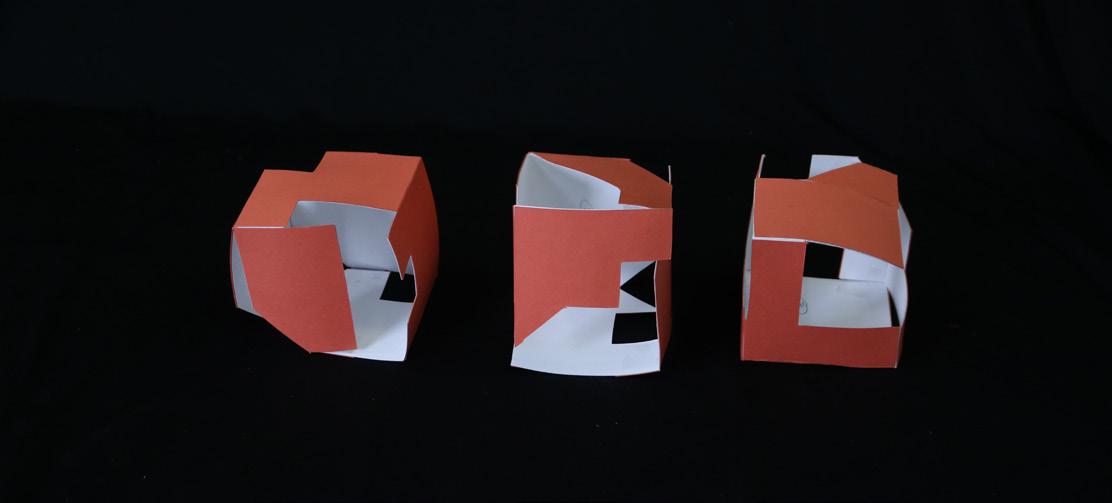


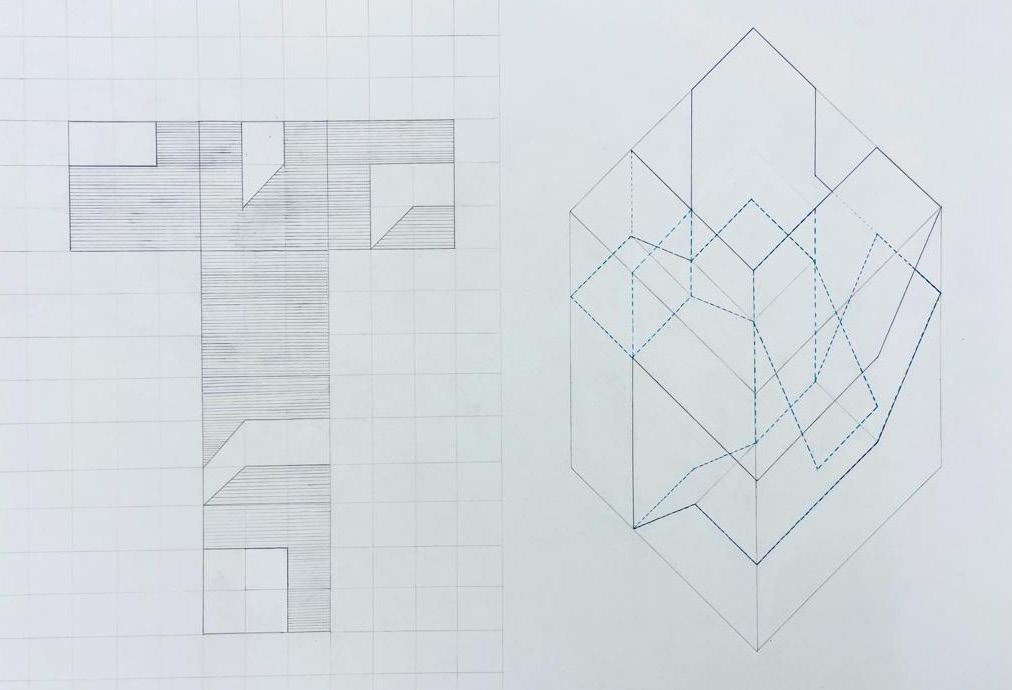

exterior outline of the cut faces. While the exterior symbolises continuity, the interior spaces have been divided into two.

I had to create and alter formal tactics in this project, switching between 2D and 3D modalities of representation as well as physical and digital media.
In this part of the exercise, I had to combine standard two-dimensional geometries to construct composite “primitive figures.” An illustration of a collection of geometrical circumstances known as a “primitive figure” is used as a model or starting point for more in-depth research on three-dimensional shape.


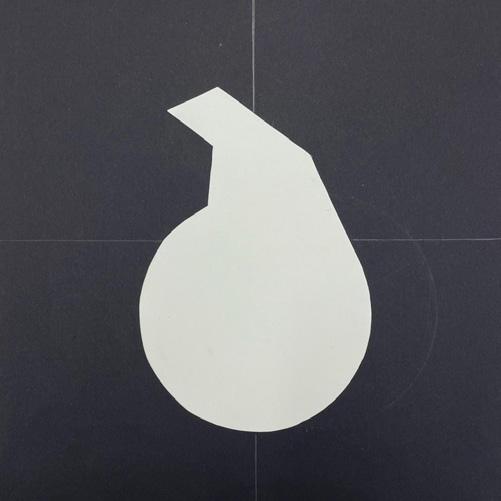
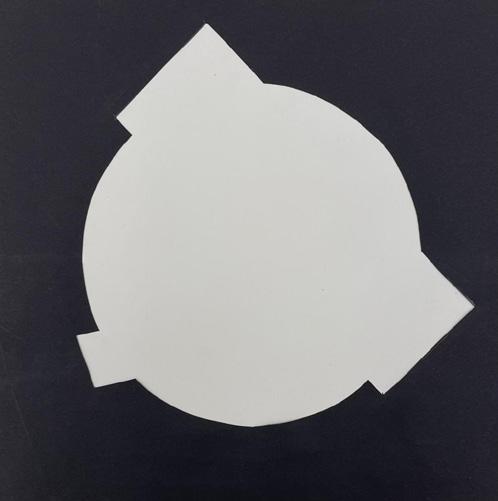
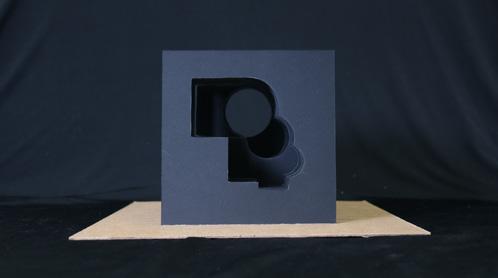
For this part, I had to exchange two the “primitive figures” with other students in the class. The “primitive figures” were then to be interpreted as three-dimensional objects constrained by the boundary of four primary forms: the tower, the box, the plate, and the pyramid.

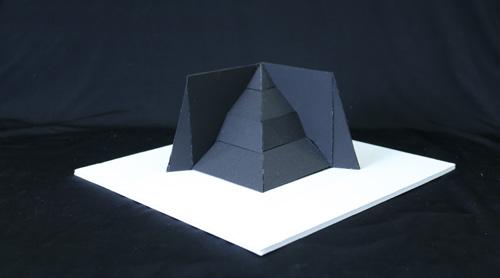
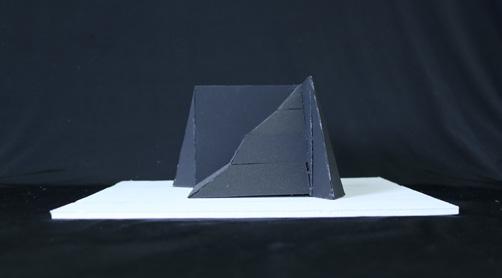



I had to create four digital models that investigate and demonstrate four different techniques for formmaking in Rhino. For the reinterpreted forms, I exchanged the elevational drawings they created based on “interpreted forms” with two other students and use their drawings to develop into 3D models.

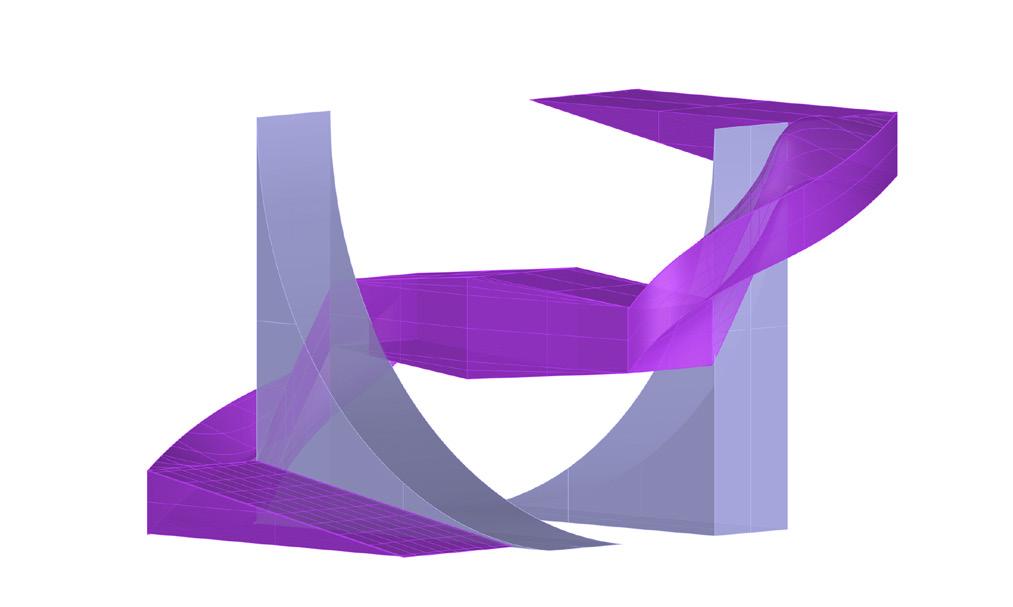

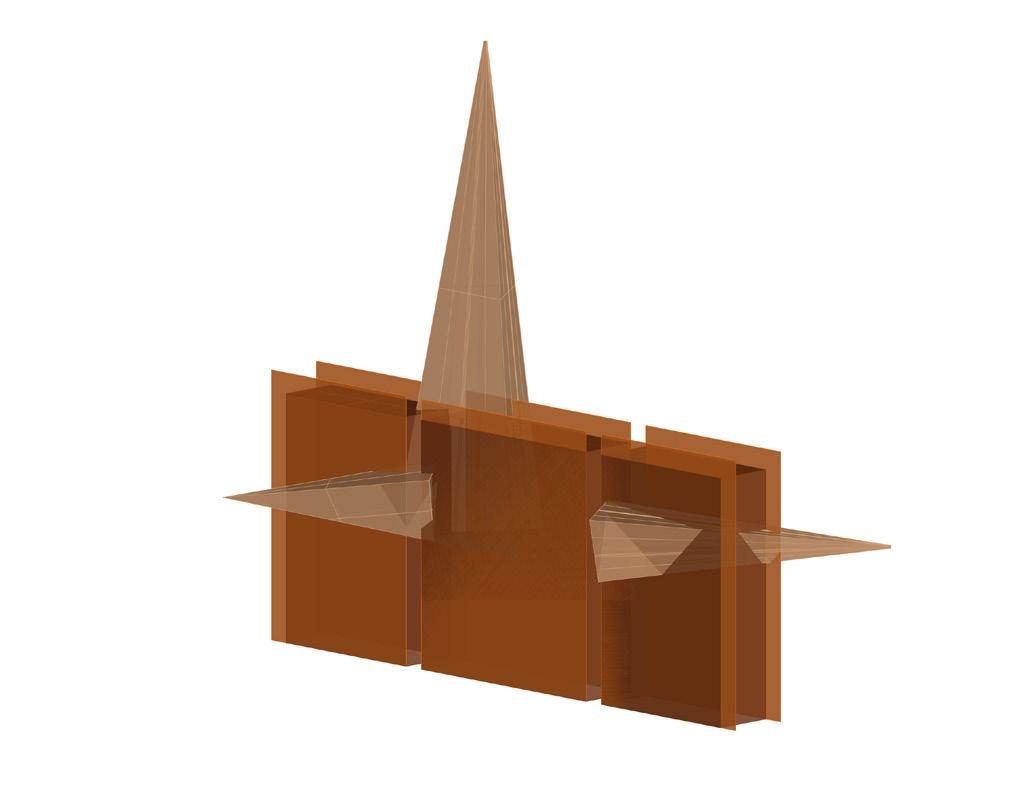
The topic of Project 1 will be the design of an exhibition pavilion for between four to six artifacts. The artifact to displayed in my pavilion were chairs, more specifically, the B3, the Eames LCW and the Thonet No. 14, with three different displays for each chair. This project is focused on the observation and recording of sequentially experienced architectural settings as well as the integration of architecture and its environment through the treatment of both as components of a continuous spatial field.
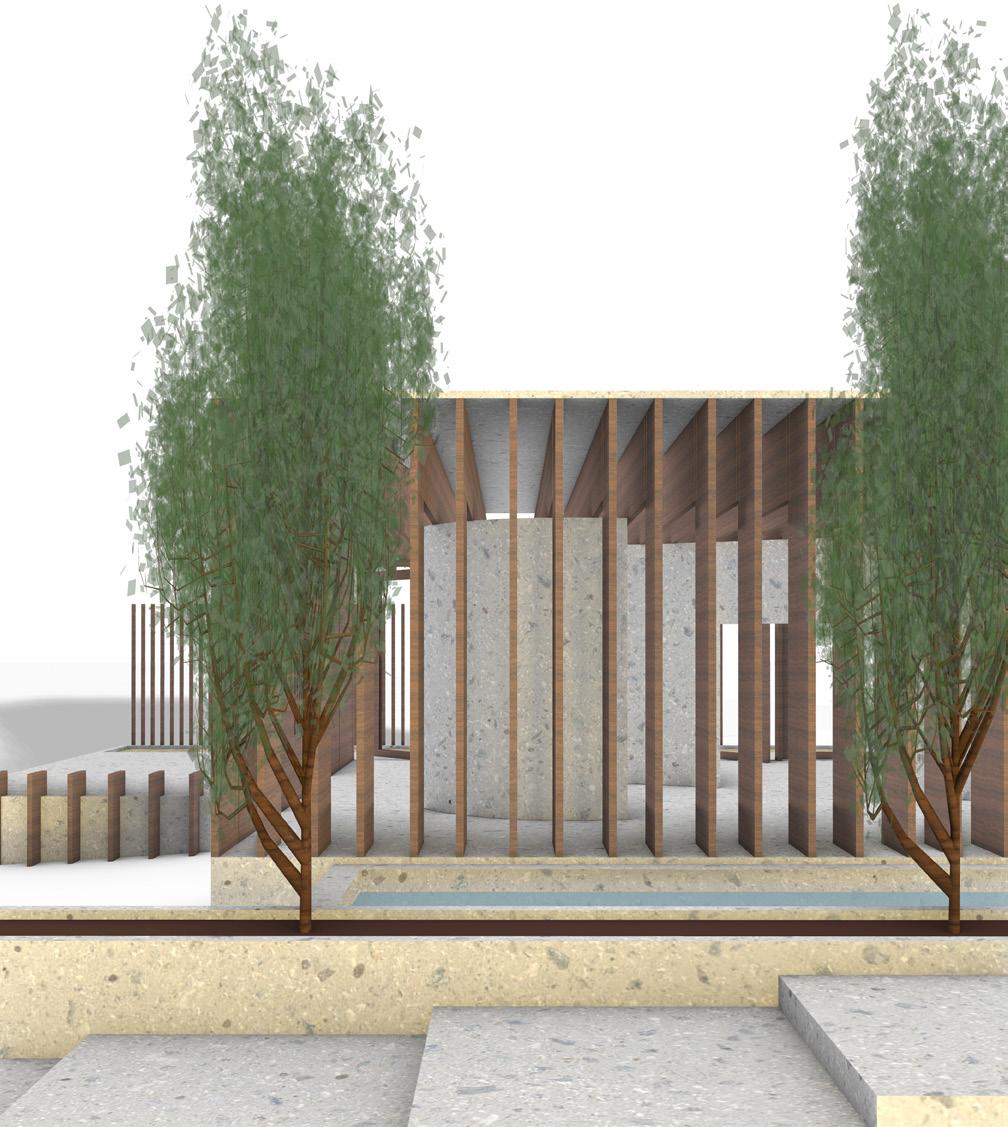
In this section of the project, I worked with a partner in my studio class, Marco Flecha De Lima. Collectively, we had to represent the main entry sequence of one campus building, beginning from outside the building and record our experience of the building’s entry and primary spatial sequence using photography. This was manipulated in Photoshop, resizing and transforming, ‘joining’ together into a consistent composition on a 36”x36” sheet. My role specifically was to compose the photograph and collage past the doorway.
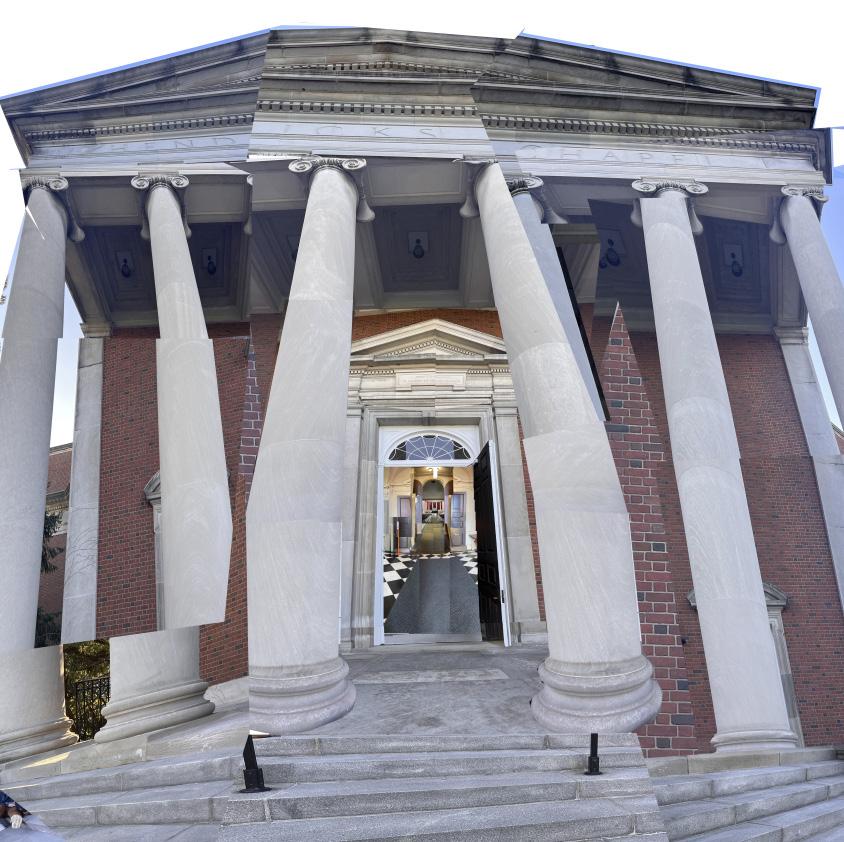


For this section, I had to speculate about the overall character of the exhibition pavilion you will design, by focusing on No.14, B3 and the Eames LCW were the three chairs I designed my exhibiton pavilion for, from which I took design inspired to create this dense array of layers, with a void in the center, in the shape of the chair, to display an exploded version this investigation more abstractly to my pavilion. For the next iteration, I had to create a space for 3 artifacts to be exhibited. then further developed this idea by taking inspiration from the Corning Museum of Glass by Thomas Phifer, with the
Thonet No.14 B3

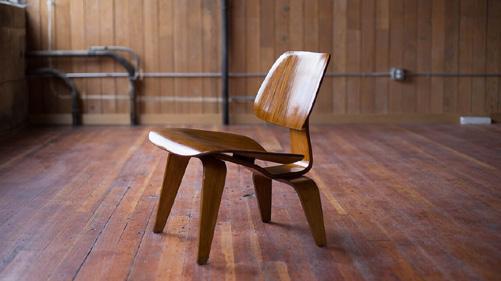

on an idealized display environment for one of the objects you selected, for which I picked the B3 Chair. The Thonet inspiration from the the Thonet chair and B3. Using the edged structure of the B3, and the seat being in strips, I was version of the B3 chair. Using this first iteration, I had to identify and apply the rules or logics of display revealed by exhibited. For this space, I also took inspriation from the backrest of the thonet chair to create the curvilier wall inside. I roof of the structure being inspired by the Nordic Pavilion by Sverre Fehn.
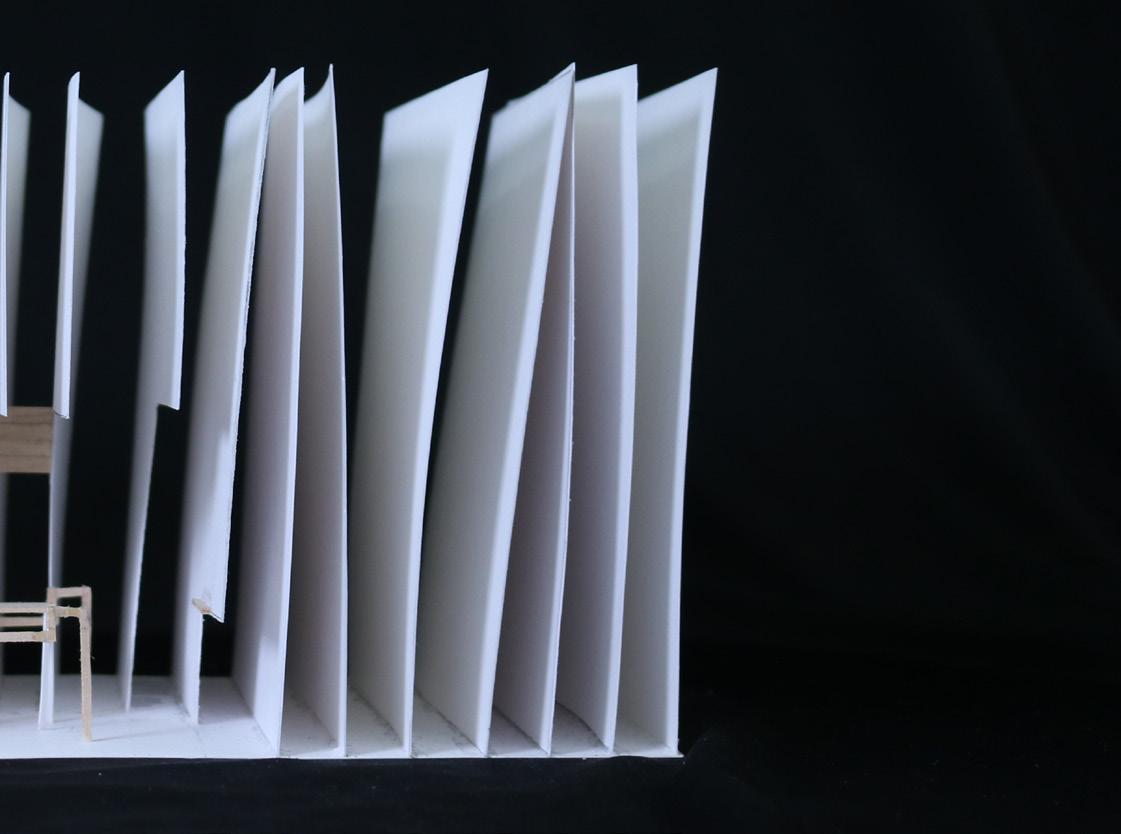 Eames LCW
Eames LCW

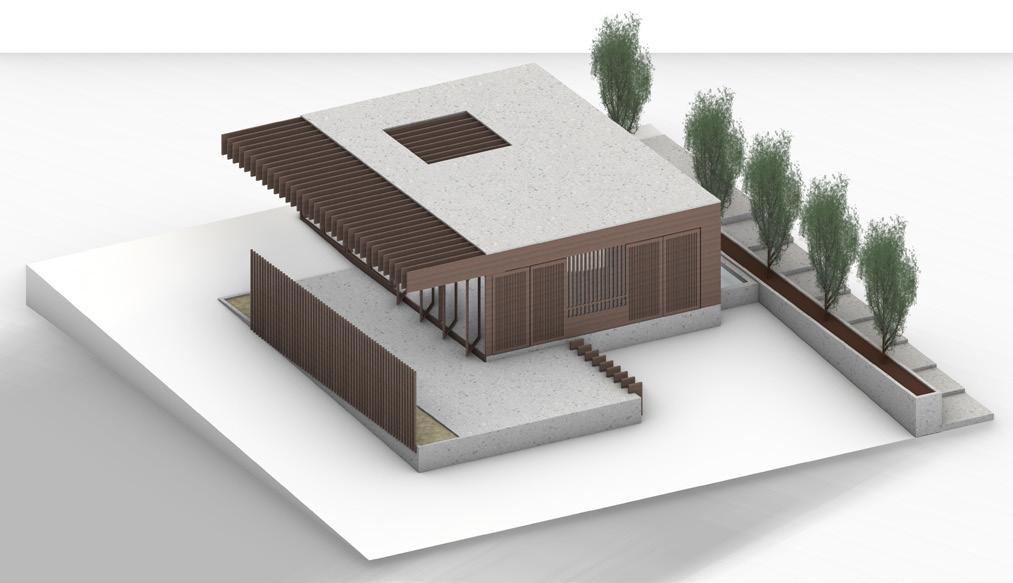









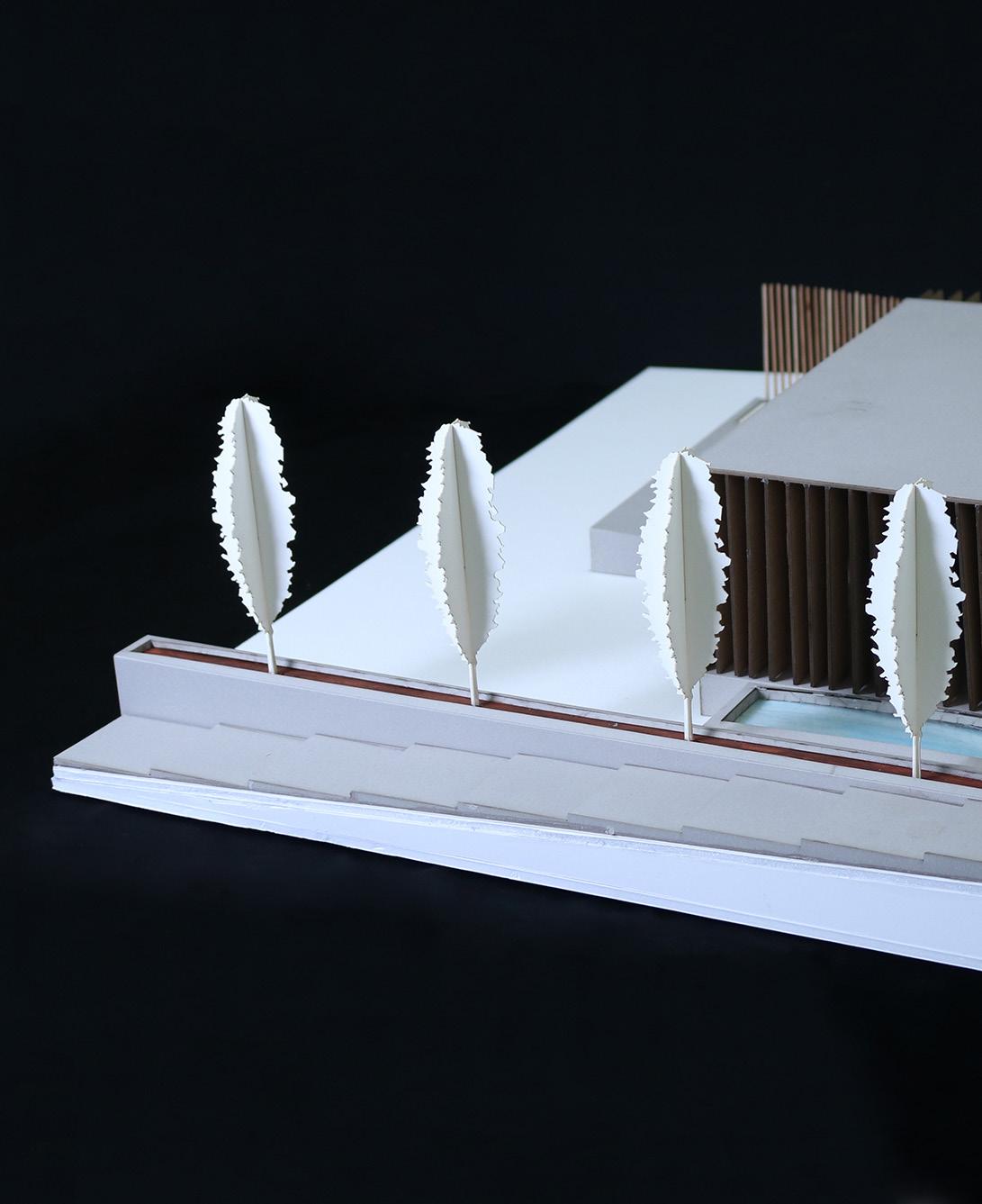
 Primary Materials: Chipboard, Museum Board (Grey and White), Foam Core, Plexiglass
Primary Materials: Chipboard, Museum Board (Grey and White), Foam Core, Plexiglass



